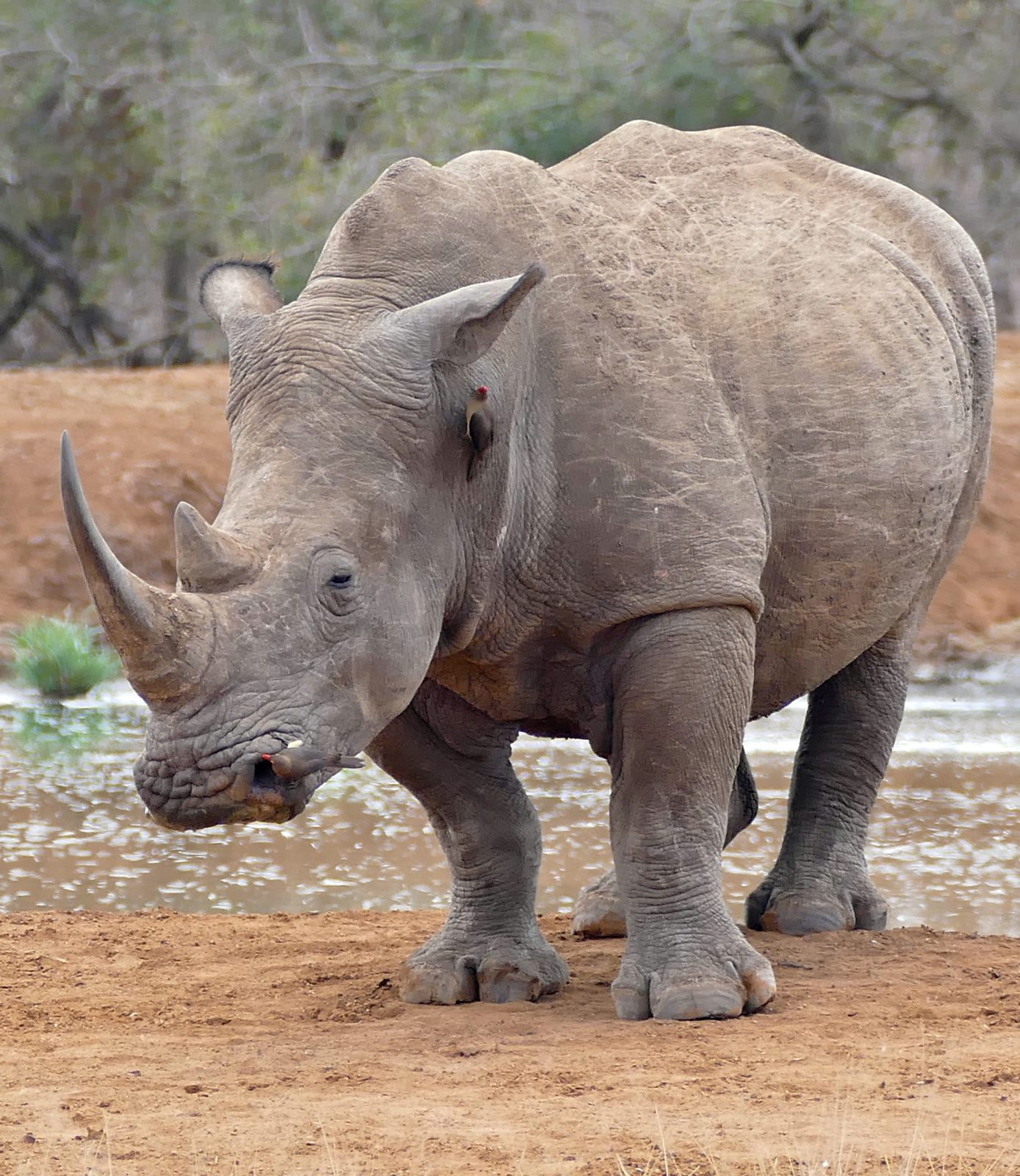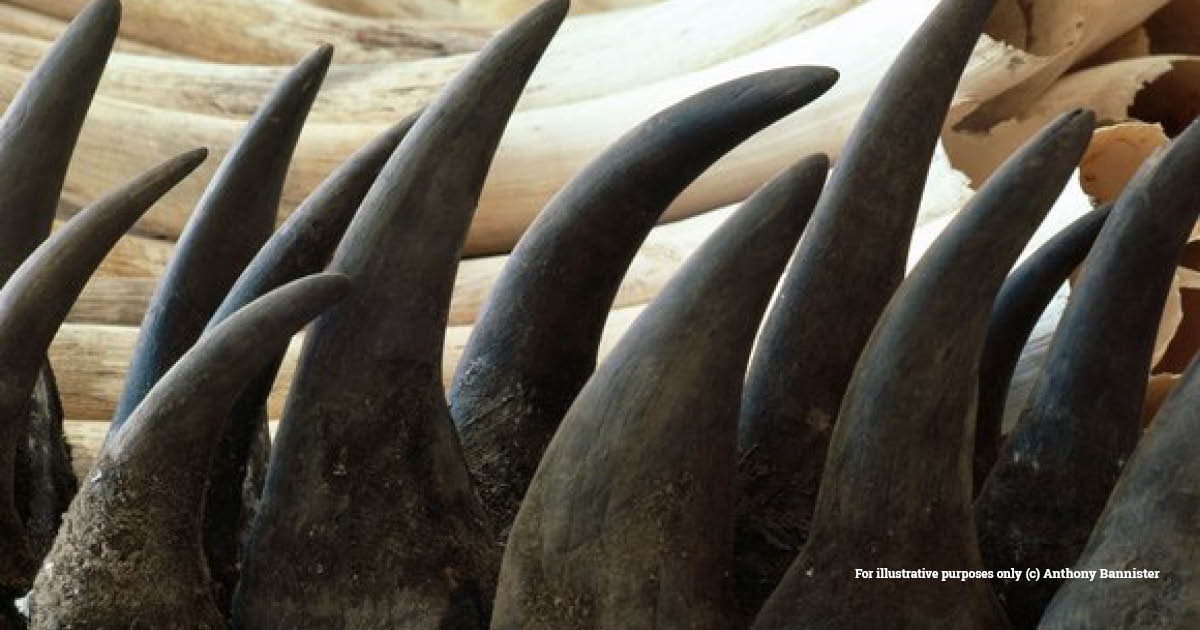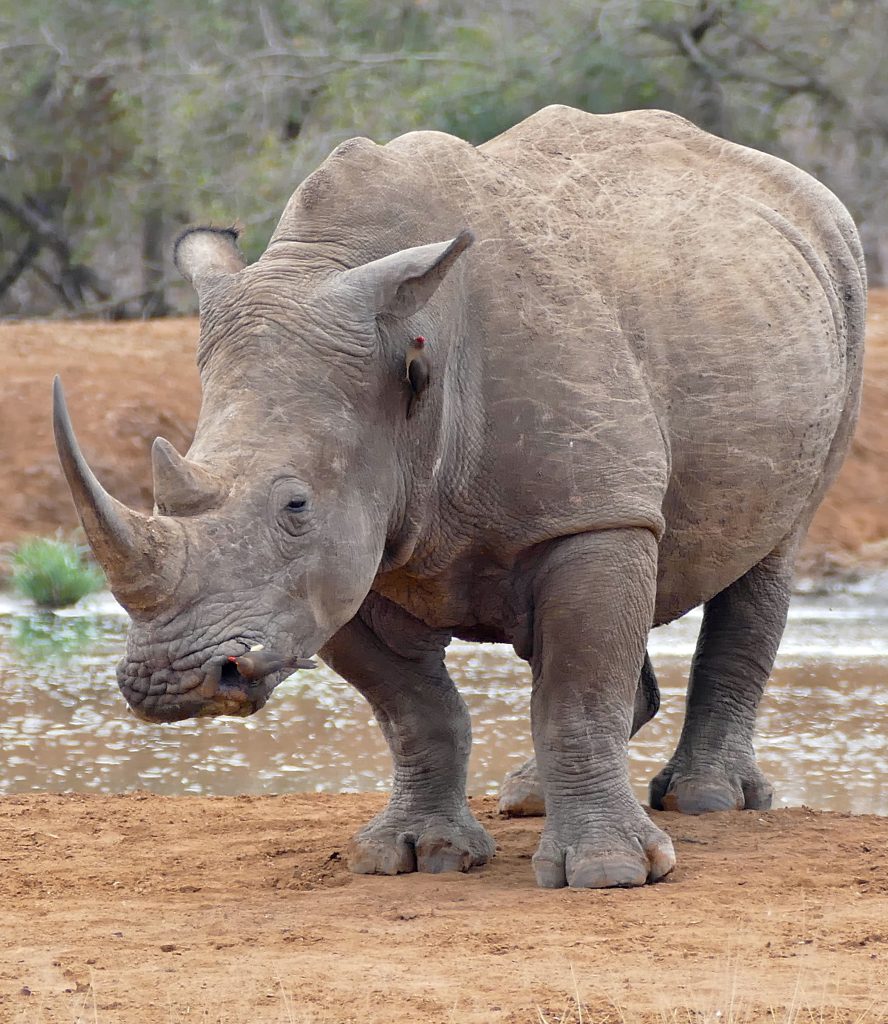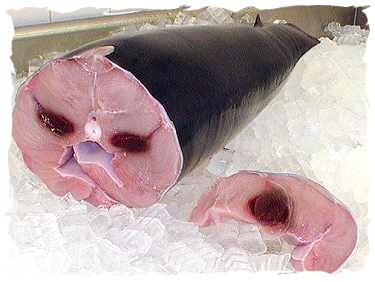Late last year, the oldest of the two remaining northern white rhino was retired from the breeding programme. This just leaves her daughter as the only egg donor in the...

White rhino
In Africa there has been horrible decline of rhinos. The northern white rhino was as recent as 1960 still living in numbers over 2000. Found through Chad, the Central African Republic, South-western Sudan, the Democratic Republic of Congo (DRC), and North-western Uganda. Unfortunately this population has since crashed, and while they are not yet extinct there are so few left it is unlikely to recover. Embryos have been frozen in the hope that in the near future Southern white rhinos could host these.
Unfortunately, while the southern white rhino is doing far better with 18,000 (only a 12% decline in the last decade) it is not healthy and at the rate that poaching has occurred it’s not inconceivable that this population could be largely poached out of existence in a decade. In 2021, 457 rhinos were poached in South Africa with 77 lost from the Kruger. While this is horrific, it would suggest that Kruger is finally managing to protect its rhinos more effectively. Currently only 30% of Southern white rhino live in Kruger, which in the past this percentage was far higher (as high as 80-90%). Hopefully in the future rhino poaching will go back to being a thing of the past – while Kruger has the space, it cannot stop hundreds of determined poachers, while smaller reserves can do this more easily.
In the early 1900s, the Southern white rhino population fell to 50-100, thankfully this direction changed with (they are hoping) in August this year. The problem remains, that despite it having no medicinal benefit, if a rhino horn is valuable then people living near the breadline in the surrounding area will look on it with envy. Even if locals do not do it, it is worthwhile for criminal gangs. At the moment, white rhino horn can be sold for around $60,000 per pound, and an average white rhino horn weighs just short of 9 pounds. This means that each white rhino has half a million dollars attached to its nose.
One important thing to note, is that the name white rhino does not come from the colour of its skin. Indeed, with a white and a black rhino standing next to each other it would be hard to notice a difference in the colour of the skin. Instead, it gets its name from the afrikaans word weit which means wide – the white rhino has a wide mouth for grazing, while the black rhino has a pointed mouth for browsing.
Either place gives you a good chance to see rhino in their home.
As time passes, we hope to add more destinations for each species. There is a list of all articles on this species below the destinations available.
Note: to look at the rest of the rhino family click here
There are now 5 embryos created to save the Northern white rhino
- Tim
- April 1, 2021
Until recently there were only 3 viable embryos, so it is encouraging that these two new ones have be able to be created. There are currently just 2 remaining northern...
White rhino population in the Kruger has crashed by ⅔ in a decade
- Tim
- February 3, 2021
The white rhino recovery was a huge success story- from a low of just 60 animals the population rose to over 20,000, the biggest single population, lying within the huge...
5 viable northern white rhino embryos have been created
- Tim
- February 3, 2021
The Northern white rhino, an animal that existed in the DRC and parts of the world like that, still had numbers of about 2000 in the 1980s. Unfortunately there are...
Death of the last male Northern White Rhino
- Tim
- March 24, 2018
 Image by Ikiwaner The last surviving male Northern White Rhino died recently. Sudan was 45 which is a good age for a rhino. Indeed were he not the last male...
Image by Ikiwaner The last surviving male Northern White Rhino died recently. Sudan was 45 which is a good age for a rhino. Indeed were he not the last male...South Africa’s ruling party (the cabinet) has approved plans to phase out lion farming and private rhino breeding
- Tim
- July 15, 2024
Should South Africa burn its rhino horn stockpiles?
- Tim
- July 3, 2024

To see the whole tweet click here
The South...
So you think that only the poster child of climate change – the polar bear, is threatened by the changing climate? Think again – now rhino?
- Tim
- June 12, 2024

Rhino are unable to sweat, which means that as temperatures increase, both black and white rhino are more and more reliant on finding shade, in order to keep...
Platinum Rhino, the worlds largest captive rhino breeding operation sold to africaparksnetwork! (update, instagram embed did not work)
- Tim
- February 2, 2024
Hearing this news, one might think "great, another 10-20 rhino"? Think again.
Platinum rhino holds as much as 15% of the current wild population in its operation -2000 individuals. Here...
The Indonesian rhinos that once roamed across much of Asia
- Tim
- April 30, 2023
The wildlife of Indonesia now often looks like relatively unique to those islands. This is not the natural state of affairs. 60,000 years ago, a cousin of the orangutan lived...
Rhino poaching in the Kruger continues, decimating the population
- Tim
- October 19, 2021
When my wife and I spent 3 months on the edge of the Kruger in 2007, there was thought to be over 10,000 white rhino left in the park -...
Rhino hunter in the Kruger National Park appears to have been killed by elephant and then eaten by lions
- Tim
- April 25, 2019
As is well known globally, the Kruger National Park in South Africa has had a very serious problem with rhino poaching over the last decade or so. A significant proportion...
The rise of rhino poaching within South Africa
- Tim
- April 2, 2018
Shark meat is a growing food in Southern America
- Tim
- July 8, 2024

It is often quite simple as humans. We are very capable hunters, with our ability to make ourselves tools and similar. This, unfortunately, means that we do not obey the...
Encountering an elephant while on foot
- Tim
- September 21, 2022
The big 5 is a tool that safari operators continue to use. It does not make much sense as this term is a hunting term. The big 5 are the...
An amazing photograph: leopard with a living shadow
- Tim
- October 19, 2020
Review of Kruger National Park
- Tim
- January 6, 2018
- Size [usr 4.5]
- Facilities [usr 5]
- Range of animals [usr 5]
- Road quality [usr 4.5]
- Wildness [usr 3.5]
Species watch
- Tim
- May 11, 2022
I am intending to make this into a new set of articles that will appear on this website. Obviously, these species will not be the only ones that are covered...
In Africa the big 5 is famous, what is the UK’s equivalent
- Tim
- August 31, 2020
Apart from b the big 5 and ecotourism big 7 there are a whole host of 5s that have been invented-some are relatively easy, others almost impossible
Big 5: lion...

